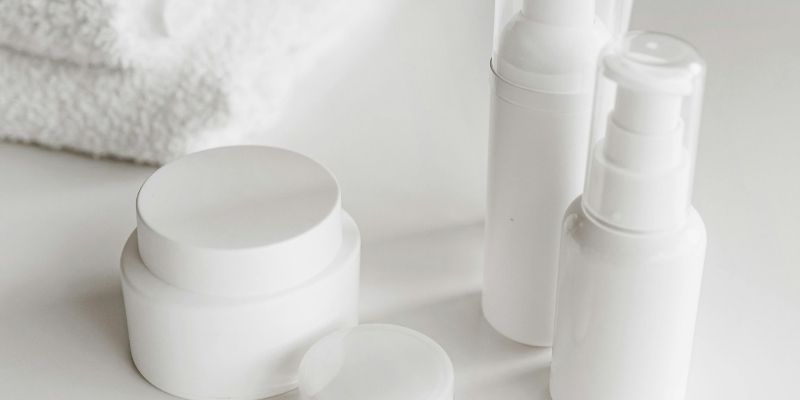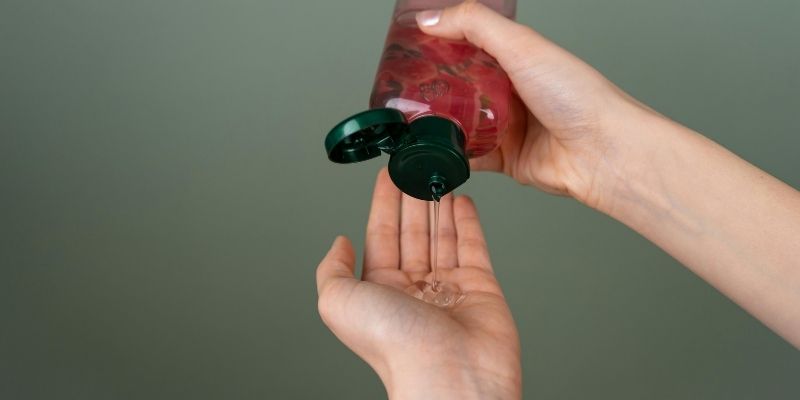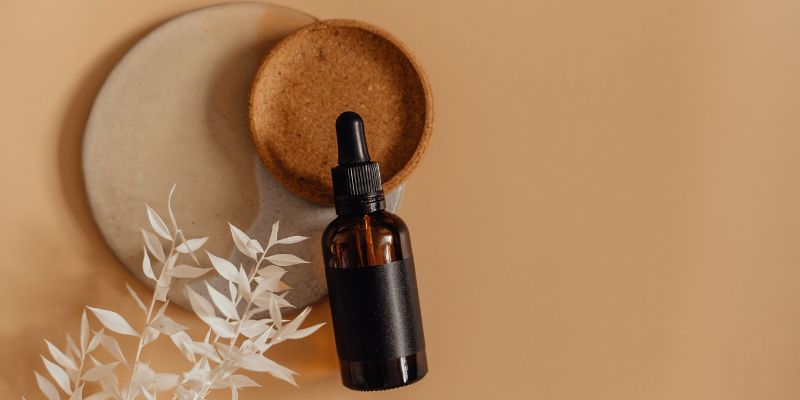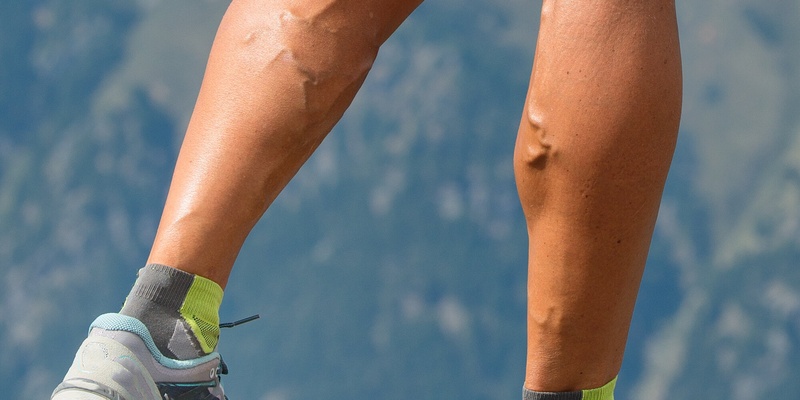Advertisement
Topical agents include ointments, creams, lotions, and gels, all of which are intended for use on the skin. However, these products' various forms and compositions, as do their functions, differ significantly. Picking the right one depends on your skin, treatment objectives, and preferences. Let's explore what sets these products apart.

Ointments are typically thick and greasy, forming a layer when applied on the skin, making them suitable for dry or chapped skin regions. They are primarily used for therapeutic purposes since they can retain the active constituents in contact with the skin for extended periods.
Characteristics:
Benefits:
Drawbacks:
Best Uses for Ointments:
While creams are not as heavy as ointments and provide enough moisture, they are still lighter. Composed of water and oil, these lotions are appropriate for almost all skin types and are often less cumbersome than ointments.
Characteristics:
Benefits:
Drawbacks:
Best Uses for Creams:
Most lotions are water-based, making them the lightest option out of these four. They are simple to apply and quick to penetrate the skin surface, making them suitable for use on larger surfaces and for people with oily or normal skin.
Characteristics:
Benefits:
Drawbacks:
Best Uses for Lotions:
Gels from a water-based composition get absorbed within seconds and do not leave any traces. Gels are mainly used for localized applications and are ideally suited for oily and acne-prone skin.
Characteristics:
Benefits:
Drawbacks:
Best Uses for Gels:

While ointments, creams, and lotions are popular choices, there are several other unique topical formulations available for specific needs:
Unlike other topical applications, balms have a unique texture and serve a particular purpose in skin care. Balms are dense, if not waxy. Thus, they contain fatty oils and waxes as their main ingredients. Balms are water-free, unlike creams and lotions, which contain only hydrophobic ingredients. This absence of water enables balms to be very effective with little use due to a very high retention capability. The additional layer remains on top of the skin, forming a barrier to enhance moisture retention on focus areas that tend to dry out, such as the elbows, heels, and knuckles. Intensive moisture balms are very effective for those dealing with persistent dry spots.
Your skin type, the application area, and the specific skin concern all play a role in selecting the best product. Here's a quick guide:
For Dry, Cracked, or Damaged Skin:
For Normal to Dry Skin:
For Oily or Acne-Prone Skin:
For Sensitive Skin:
General Tips:
There is no universal standard for selecting products such as ointments, creams, lotions, and gels. Each product has its advantages, which make some more appropriate for dry skin and others for oily or acneic surfaces.
Consider these factors when choosing your ideal product:
Final Thoughts:
Understanding the problem and using the product that best solves it is crucial to achieving optimal skin condition. If you are unsure, always seek the opinion of a dermatologist or a pharmacist.
Advertisement

By Madison Evans/Feb 07, 2025

By Triston Martin/Mar 17, 2025

By Madison Evans/Dec 06, 2024

By Elva Flynn/Mar 17, 2025

By Aldrich Acheson/Feb 19, 2025

By Celia Kreitner/Jan 04, 2025

By Elena Davis/Oct 14, 2024

By Martina Wlison/Nov 22, 2024

By Verna Wesley/Oct 04, 2024

By Kristina Cappetta/Dec 14, 2024

By Celia Shatzman/Oct 13, 2024

By Jennifer Redmond/Oct 14, 2024